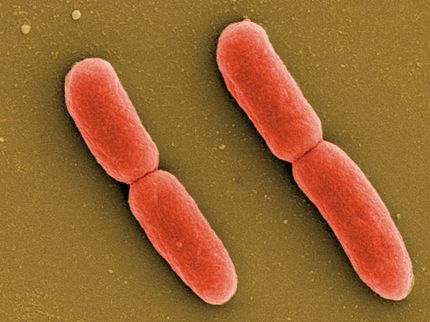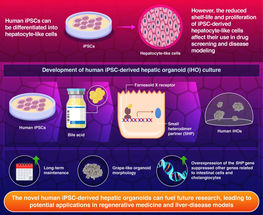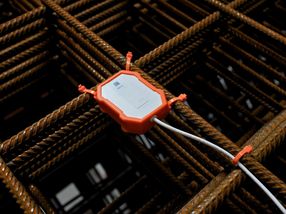How harmless turns dangerous
Causes for bloodstream infections found in the genes of bacteria: This will enable better diagnostics and vaccinations in the future
Escherichia coli bacteria live in the intestines of humans and play an important role there for normal intestinal function as well as for a functioning immune system. These intestinal inhabitants do not form a uniform population, but consist of a large number of strains that differ greatly in their genome and also in their metabolism. Most strains of E. coli are harmless, but some can cause diarrhea or urinary tract infections and – if they enter the blood – bloodstream infections and sepsis via their toxins. Sepsis is the third most common cause of death in Germany.
The bacteria have caused increasingly more diseases
Prof. Dr. Marco Galardini's Team team has studied this in more detail and found that E. coli has a significant genetic variation that contributes to the transition between the harmless life in the intestine (commensalism) and the pathogenic form. In addition, the researchers were also able to show that this bacterial species has evolved more toward causing disease over the years. "Building on these findings, we envision the creation of better molecular diagnostic tools in the future, and these results might also be important for vaccines development," says Prof. Galardini. The team published their findings in the journal PLoSGenetics. First authors are Judit Burgaya and Julie Marin. The work originated in TWINCORE in collaboration with Prof. Erick Denamur (INSERM, Paris) and Prof. François Blanquart (Collège de France). Marco Galardini holds a professorship funded by the RESIST Cluster of Excellence at the Hannover Medical School (MHH), he leads the research group "Systems Biology of Microbial Communities" at the Institute of Molecular Bacteriology of TWINCORE.
Significant genetic differences between harmless and dangerous bacteria
The team examined a collection of about 900 E. coli isolates that caused blood infections and 370 harmless isolates. The samples were collected over a 17-year period (from 2000 to 2017) by the team of Prof. Erick Denamur. "We found significant differences between the disease-causing and the harmless isolates – both in their pangenomes, i.e. the totality of genes of the respective isolates, and in their genetic backgrounds, in terms of the presence of virulence-associated genes and antimicrobial resistance genes," says Prof. Galardini. Using another commensal collection from 1980, the group also found that pathogenicity might have increased steadily from 1980 through 2000 to 2010.
Original publication

Get the life science industry in your inbox
By submitting this form you agree that LUMITOS AG will send you the newsletter(s) selected above by email. Your data will not be passed on to third parties. Your data will be stored and processed in accordance with our data protection regulations. LUMITOS may contact you by email for the purpose of advertising or market and opinion surveys. You can revoke your consent at any time without giving reasons to LUMITOS AG, Ernst-Augustin-Str. 2, 12489 Berlin, Germany or by e-mail at revoke@lumitos.com with effect for the future. In addition, each email contains a link to unsubscribe from the corresponding newsletter.






















































